Electric Bus Maker Proterra Scales Rapidly with Carbon
Proterra, a Silicon Valley company, is revolutionizing the global transit problem by building zero-emission buses. Its battery-electric buses help fleet operators abandon fossil fuels, improve environmental quality, and reduce operating costs. Proterra recently partnered with Carbon to enable the company to scale more rapidly and improve speed-to-market through the use of 3D manufactured parts. Working with Carbon, manufacturing costs for these end-use parts were reduced by 90–95% and parts were successfully deployed into vehicles in less than two weeks, vs. a three-month lead time for injection-molded parts.
This case study describes how Proterra is manufacturing some of its low-volume automotive parts utilizing Carbon’s Digital Light Synthesis™ technology.
According to Joshua StewartDirector Customer Engineering, Proterra, 3D Manufacturing with Carbon overcomes the injection-molding tooling requirements when volumes are low. At Proterra, there are no barriers to utilizing 3D manufactured parts on vehicles if the quality and economics meet the requirements. Carbon’s technology has exceeded these requirements.
![]() PROTERRA’S PRODUCT DEVELOPMENT CHALLENGE
PROTERRA’S PRODUCT DEVELOPMENT CHALLENGE
Proterra is leading the battery-powered transit revolution across different geographies and environments. Its transit agency customers across the continent require unique vehicle configurations to serve local requirements. Order sizes for each customer vary, typically ranging from two to 25 vehicles per order, depending on the customer’s vehicle replacement schedule. An average Proterra vehicle has about four thousand different parts, each of which can require different materials and manufacturing methods. A sizable portion of these parts are injection-molded plastic parts, and managing thousands of these parts through their entire lifecycle is an enormous task.
The economic model of the commonly-used injection-molding (IM) manufacturing method breaks down when the quantity of end-production parts needed is small. The typical injection-mold development and tooling cost can be anywhere between $25,000 and $50,000 for low-to-medium complexity small parts and between $100,000 and $400,000 for more complex larger parts. For example, if one customer orders only 10 buses, the estimated cost for a medium-complexity, injection-molded part unique to that customer can be as high as $5,000 (=$50,000/10) each. This is one of the most critical challenges for organizations everywhere that require high-quality, low-volume production parts.
To meet this challenge, Proterra decided to manufacture two production parts using Carbon’s M Series 3D printers with rigid, lightweight polyurethane (RPU) material.
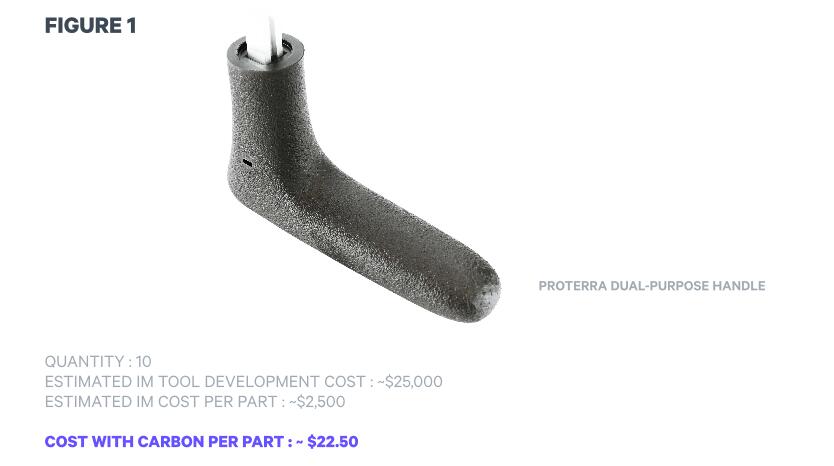
The first part shown is an ergonomically designed, dual-purpose handle. Leveraging the design freedom offered by Carbon’s technology, engineers at Proterra and Carbon collaborated to iterate on the handle design and added a digital texture for better grip. The part now serves a dual purpose as a door switch handle and a functional tool to open access panels. This innovation is an example of how automotive industry players are now able to quickly innovate, reduce the number of parts and associated vehicle weight, and increase manufacturing speed through the implementation of 3D Manufacturing.
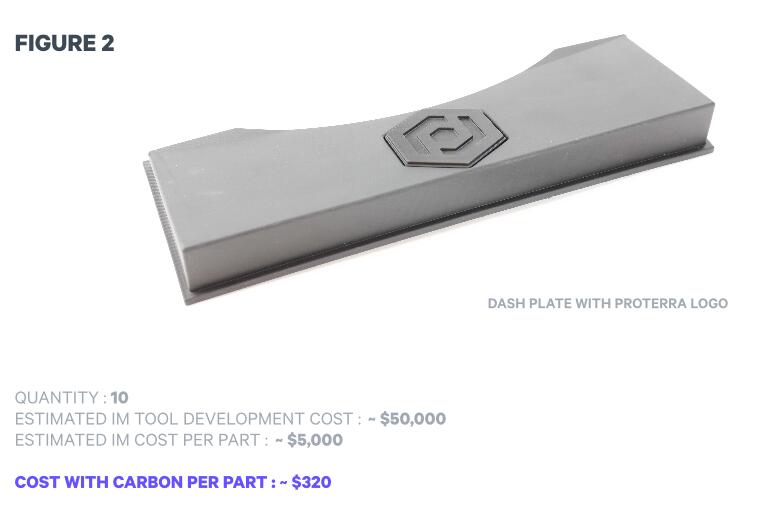
The second part shown is a large customized dash plate with a Proterra logo (Figures 2 and 3), produced using the Carbon M2 printer and RPU material. This is comprised of two individual parts: (1) a large dash plate, and (2) the Proterra logo inset. The dash plate dimensions are 318 mm (L) x 110 mm (W) x 40 mm (H). Making such a large, complex part with IM typically involves months of moldflow and draft angle analysis, followed by several months of tool development. Proterra engineer Trey Underwood observed that “the final Carbon part looked better than any injection-molded part I have previously seen for comparable dash plates.”
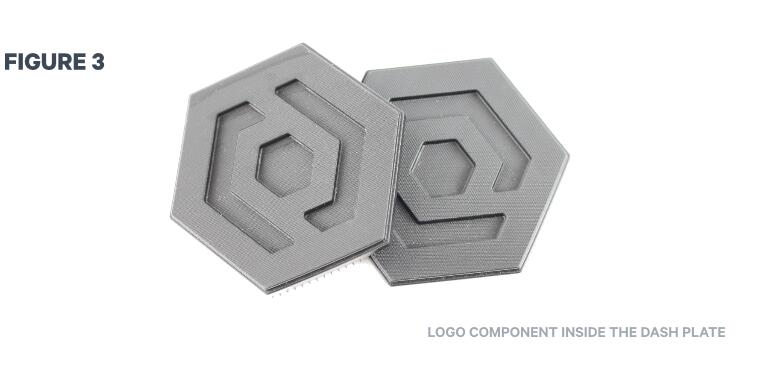
![]() BEYOND COST AND TIME LIMITATIONS OF INJECTION MOLDING
BEYOND COST AND TIME LIMITATIONS OF INJECTION MOLDING
In addition to the cost and time limitations of low-volume injection molding, the Proterra team overcame another critical limitation of injection molding. Typically, with injection molding, the tool maker and materials supplier are two different entities. Therefore, there is no end-to-end ownership of the manufacturing process. This leaves critical knowledge gaps and can result in delays, a sub-par process, and/or compromised final parts.
With Digital Light Synthesis™ technology, Carbon provides materials, 3D printers, and software for its 3D Manufacturing solution. This single point of ownership results in faster design iterations, fully-optimized product designs, and high-quality end products.
![]() SUMMARY
SUMMARY
The design freedom, speed of production, and cost savings with Carbon are helping disruptive companies like Proterra to scale rapidly and serve customers across multiple geographies. By leveraging Carbon’s 3D Manufacturing approach, Proterra achieved end-use parts at 90–95% lower cost and successfully deployed them on buses in less than two weeks (inclusive of design iterations and shipping time), vs. three to five months for injection-molded parts.
Source: Carbon

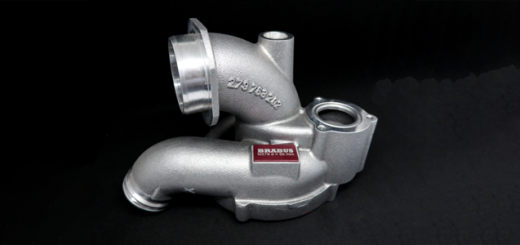
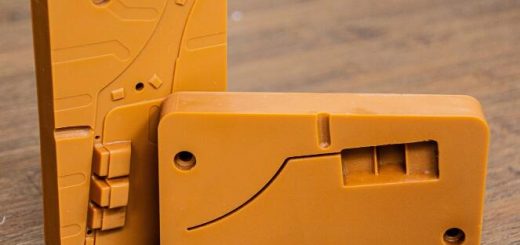

Recent Comments